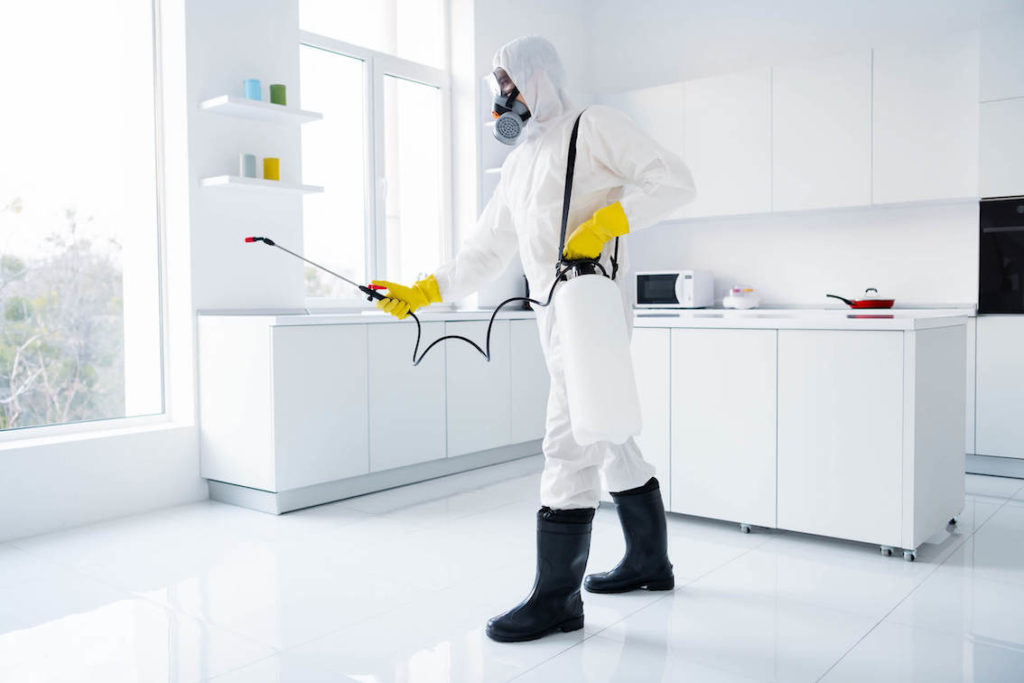Signs You Have Too Many Bed Bugs In Your Home
Related Topics (Sponsored Ads):
They have a high reproductive potential – a single female bed bug can lay up to 12 eggs each day, totaling 200-500 throughout her entire lifetime. With such rapid life creation, an infestation can happen before you know it. It is very difficult to tell if you’ve found every single bed bug at every life stage as bed bugs are excellent hiders when it comes to treatment.
Here, we will be highlighting the signs of bed bug infestation in your home.
They have a high reproductive potential – a single female bed bug can lay up to 12 eggs each day, totaling 200-500 throughout her entire lifetime. With such rapid life creation, an infestation can happen before you know it. It is very difficult to tell if you’ve found every single bed bug at every life stage as bed bugs are excellent hiders when it comes to treatment.
Here, we will be highlighting the signs of bed bug infestation in your home.

Bed Bug Exoskeletons
Bed bugs usually undergo molting(shedding of their casings) throughout their lifetime. This molting occurs in five stages. These correspond with the five life stages, from freshly-hatched nymph to full-grown adult. To grow into the next life stage, bed bugs must shed their exoskeleton. These casings are usually seen everywhere around where they live. It is obvious to the eyes – though bed bugs can hide, their casings that are typically pale in color cannot hide.
Blood-stained Pillow Cases And Bedding Materials
Usually, bed bugs in search of their blood meals do crawl to sleeping areas of humans, where they leave stains on beds and pillowcases in the process of being feed. When feeding on humans, bed bugs inject an anticoagulant to help the blood flow more freely. Doing so will cause a blood droplet to form at the feeding site.
Fecal Spots
Bed bug fecal matter has a very distinctive look. Because they only eat blood, their excrement is entirely liquid. Bed bug fecal spots resemble small black dots, about the size of a marker point. Many people think that they look like spots of ink. They usually appear in clusters or rows where the bed bugs like to congregate. These fecal spots on curtains and walls are usually flat and are not easily wiped off, and they could also form bumps on hard porous surfaces.
Bite Marks
If you are the kinds that usually react to bite marks, you will know when you get bitten. Bed bug bites can appear anywhere on your skin that bed bugs can access while you’re sleeping. If you sleep naked, this could be pretty much anywhere. However, common places are the feet, ankles, arms, and shoulders. Because everybody reacts to bed bug bites slightly differently, it’s impossible to advise precisely how the bites will look. But for sure, it causes painful, raised red welts that are distinctive from bites of other insects.
The Bed Bugs Show Themselves
Occasionally, you might see the actual bed bug itself and not just the signs they leave behind. Adult bed bugs are relatively flat and oval. When your home is highly infested with bed bugs, they become obvious to everyone as they crawl. They become noticeable to your guest and visitor -this could be embarrassing sometimes.
When you observe the above signs, you should know that your home is highly infested. You will have to take precautions to get rid of them or hire professionals that would help exterminate them.

